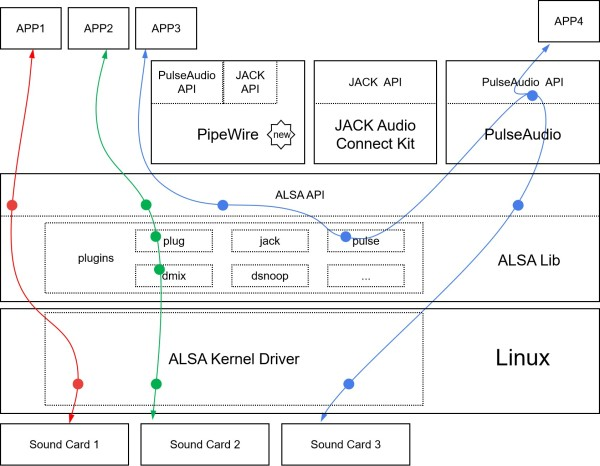
In other words, your recorded sound file will be higher-quality when using Audacity’s WASAPI loopback option. System sounds playing through the device selected for WASAPI loopback are still captured, however.” “WASAPI loopback has an advantage over stereo mix or similar inputs provided by the soundcard that the capture is entirely digital (rather than converting to analog for playback, then back to digital when Audacity receives it). For example, If you have a 7.1 channel headset, select “8.”Īudacity’s tutorial website explains why this feature is actually better than Stereo Mix: Update: If this doesn’t work, you may also need to select the correct number of recording channels to match your device using the dropdown box to the right of device selection box. Because you’re using Audacity, you can easily trim and edit the sound file when you’re done.

RELATED: The How-To Geek Guide to Audio Editing: The BasicsĬlick the Record button to start recording the audio in Audacity, and then click Stop when you’re done. In Audacity, choose the “Windows WASAPI” audio host, and then choose an appropriate loopback device, such as “Speakers (loopback)” or “Headphones (loopback).”
#Python audio loopback windows#
The feature also functions in Windows 7, 8, and 10, and helps make up for the lack of a Stereo Mix option on modern Windows PCs. This method takes advantage of a feature that Microsoft added in Windows Vista named the Windows Audio Session API (WASAPI). In fact, Audacity’s feature may be even better than Stereo Mix, assuming you’re willing to use Audacity to record the audio. Audacity has a useful feature that can record the audio coming out of your computer-even without Stereo Mix. Option 2: Audacity’s WASAPI Loopbackĭon’t have a Stereo Mix option? No problem.

It’s unfortunately become less and less common. There may be a way to enable it with different audio drivers, but not every piece of sound hardware supports Stereo Mix.

On some devices, you may not have this option at all.


 0 kommentar(er)
0 kommentar(er)
